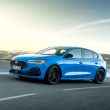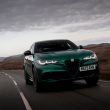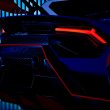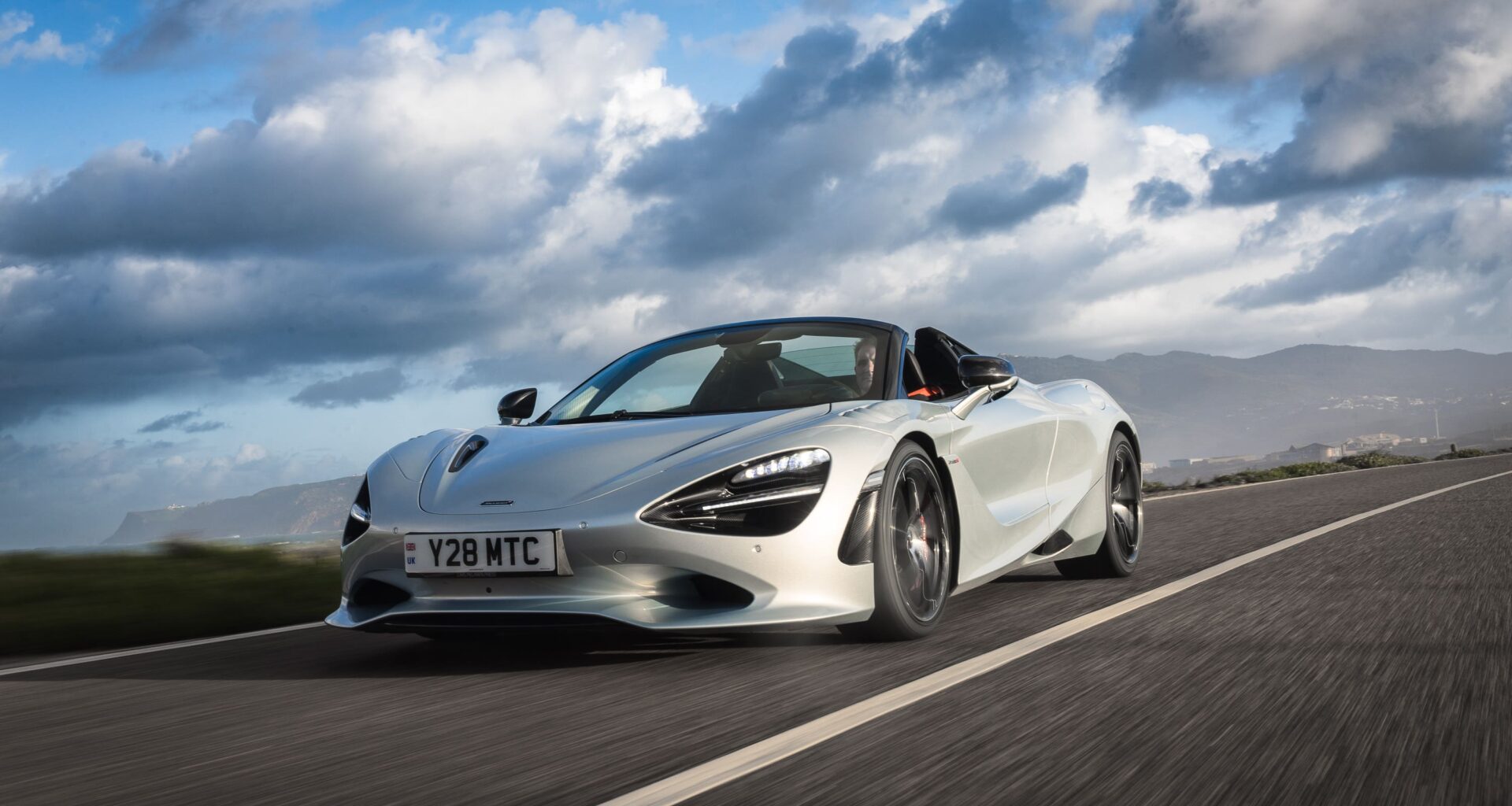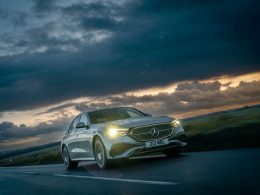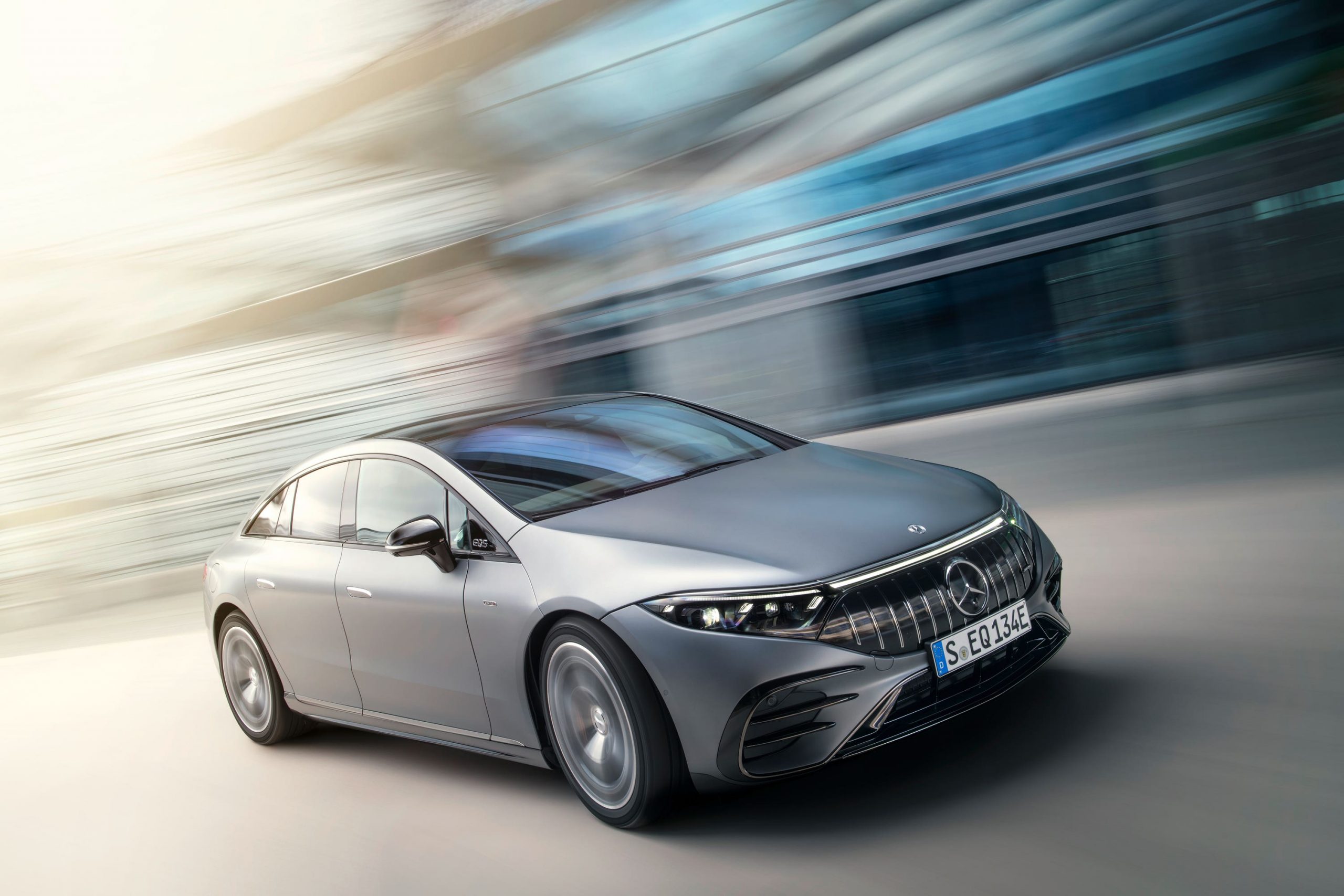McLaren’s looking to take the supercar crown with its new 750S. Ted Welford heads to Lisbon to see if it’s set to succeed.
It’s quite remarkable what McLaren has achieved in just a short space of time. While Ferrari and Lamborghini have been producing cars for more than 60 years, McLaren Automotive was only established in 2010, with its first car – the MP4-12C – arriving soon after.
It’s made some sensational supercars in a little over a decade, but its best ‘series production’ model so far has been the 720S. From its wild, perfectly sculpted bodywork to its monstrous 4.0-litre V8, it was every bit a supercar to take the fight to Ferrari.
It was a near-perfect package back in 2017, but over the past couple of years, McLaren’s engineers have been doing everything possible to finesse it. The result is the 750S. But has it achieved the brilliance it’s aimed for?

The first time you see a 750S, you probably won’t think it’s a 750S at all. While 30 per cent of this supercar’s parts are new, on the outside at least, it’s virtually impossible to tell the difference.
But it’s under the surface where the magic has taken place. Small changes have been made to most mechanical parts, including the suspension, engine and gearbox – and we could go on. The result is McLaren’s most powerful series-production car and one that’s even lighter than its predecessor.
The 750S retains the 4.0-litre twin-turbo V8 of its predecessor, but thanks to numerous changes – including a second fuel pump and revised turbochargers – the power has been raised from 710bhp to 740bhp and torque from 770Nm to 800Nm. It’s worth noting, the ‘750’ in its name references metric horsepower.

The drive is sent to the rear wheels through a revised seven-speed automatic transmission, with 0-60mph being dispatched in just 2.7 seconds, and flat out the 750S could hit a top speed of 206mph. There’s next to no penalty for choosing the convertible Spider model, which is only two-tenths of a second slower to complete the quarter-mile sprint, though still at a startling 10.3 seconds.
Though the 720S was hardly lacking, McLaren has worked to dial up the fun factor of the 750S, and it has certainly succeeded. The acceleration is both savage yet also manageable, and it’s addictively quick on the track. It’s now accompanied by a new central-exit exhaust, which has given the supercar a much deeper and richer tone befitting of a car like this. You’ll really want the Spider to take full advantage of this exhaust, as with the rear glass down, the shape of it channels noise directly into the cabin.
Out on track, the 750S is phenomenal, with its impressively low weight – for a car like this – making it remarkably agile and balanced. You can also specify ‘track brakes’ for circuit driving, which offer unbelievable stopping power.

But what is most surprising about the 750S is how easy it is to drive on the road. It’s a manageable size while visibility is excellent by supercar standards, and the ride quality is exceptional. It’s a supercar that truly works for every occasion.
While 30 per cent of the components on this 750S might be new, there’s no escaping the fact from the outside it looks almost identical to the 720S. The engineers have good reasoning too, given the effort that went into shaping the carbon-fibre monocoque structure for the 720S, it would be a shame to waste it.
There are changes, of course, such as new bumpers that feature more body-coloured elements and a new range of alloy wheels, but the general look of this McLaren is the same. That is most certainly not a bad thing, as the perfectly sculpted bodywork, central exit exhaust and uber-cool dihedral doors give the 750S that supercar styling that really is a must on a car like this.

Some of the most noticeable visual changes on the 750S affect the cabin, with one of the main ones being the addition of a new eight-screen touchscreen which is a big step forward. It’s much easier to use and quicker to operate while including Apple CarPlay for the first time. More so than ever, the experience feels centred around the driver, with the digital instrument cluster moving with the steering wheel this time around. The wheel itself feels pure in the fact there are no buttons on it – and is a far cry from that of a Ferrari – while milled aluminium gear shifters are a joy to use.
A new touch is a small bit of glass that lets you see the engine in your rear-view mirror – just as a further reminder that you’re driving something special. The material quality is excellent throughout, with a choice of seats available – we’d just maybe shy away from the ‘comfort’ seats as they lack support and feel a bit ordinary for a car like this.
With the more vocal exhaust and additional pace, McLaren has dialled up the fun factor yet simultaneously made the 750S easier to use and live with courtesy of the new touchscreen and improved ergonomics.
What McLaren has created with the 750S is one of the most extraordinary, multi-faceted supercars ever made, combining ferocious track performance when given the opportunity with impressive everyday usability and comfort. It really is exceptional.



